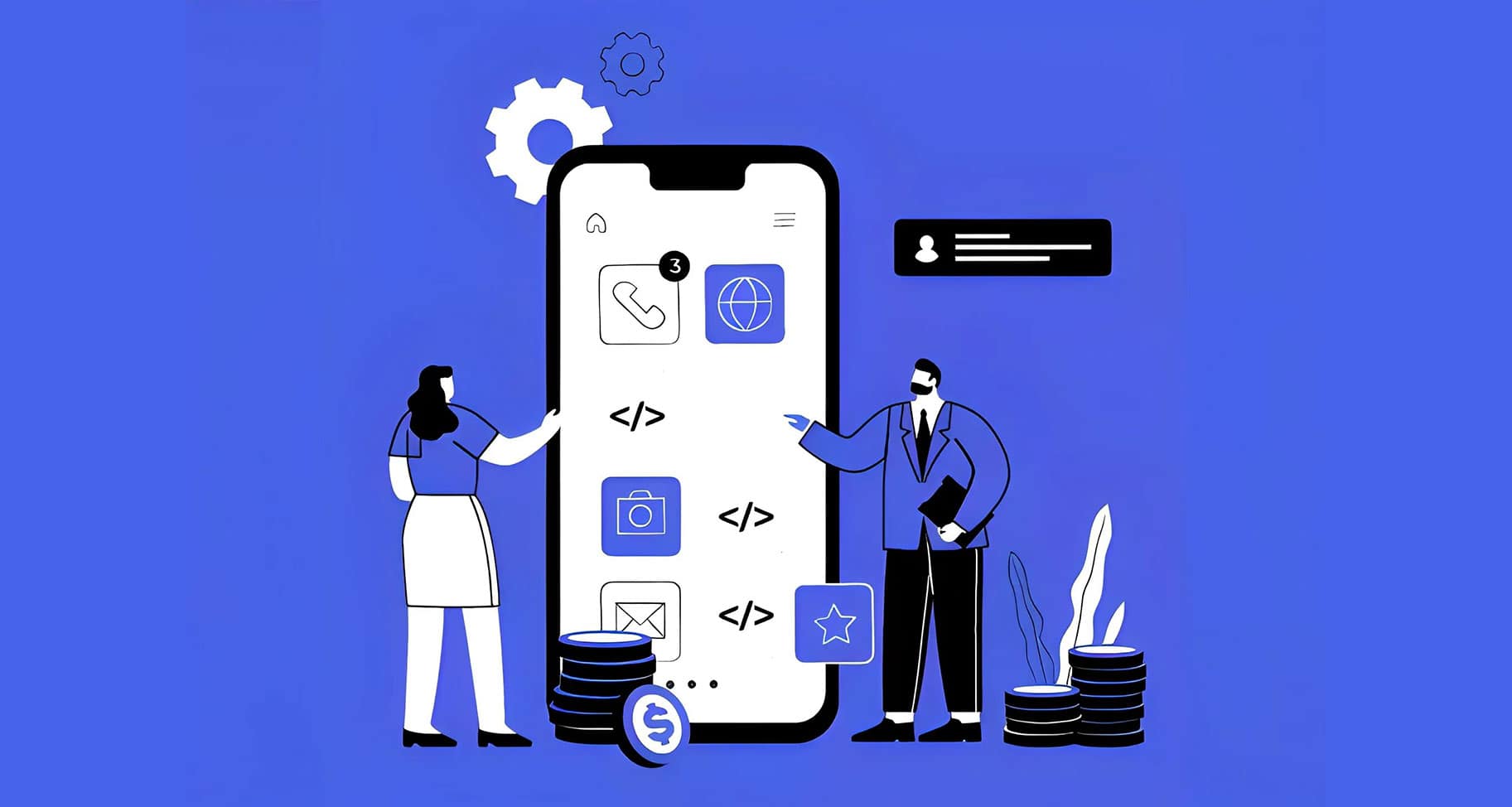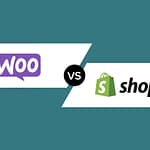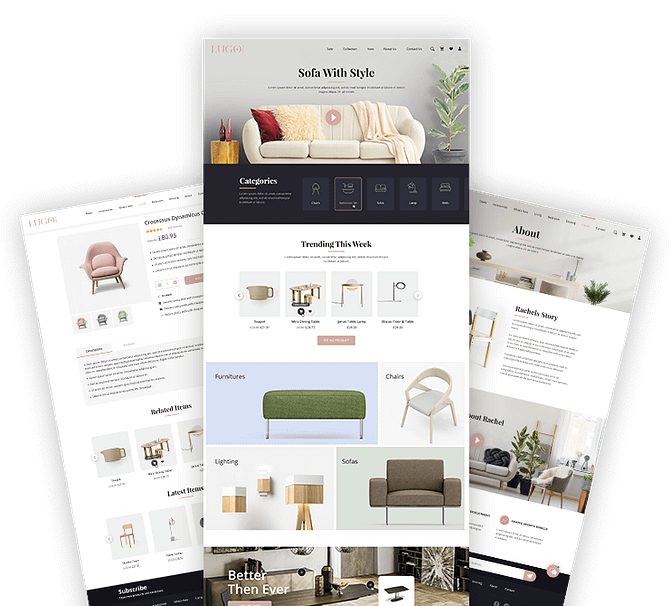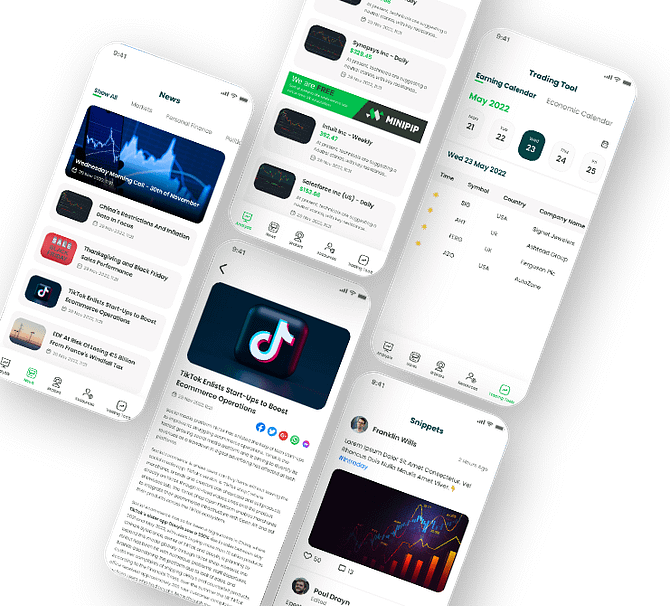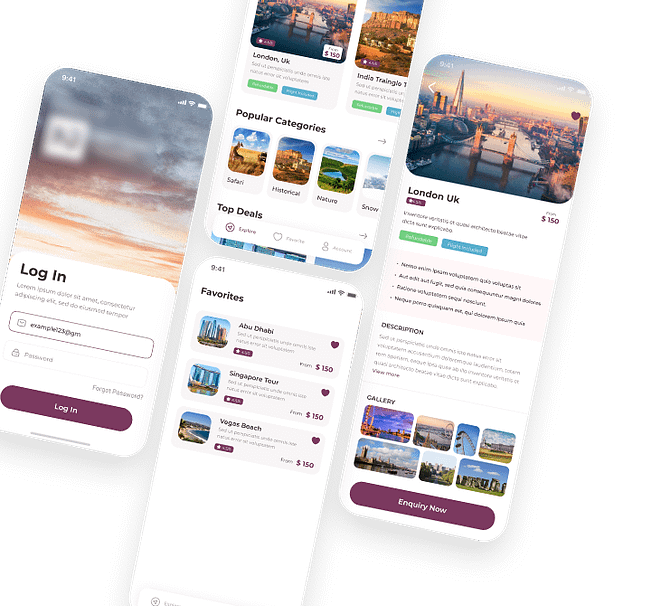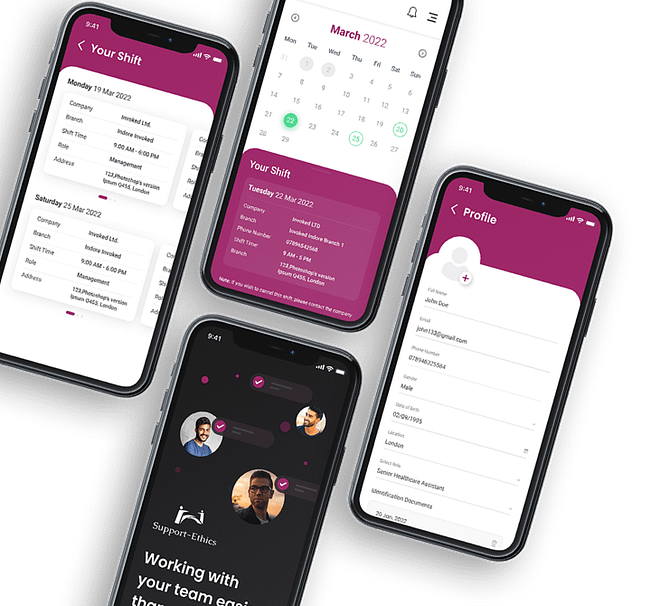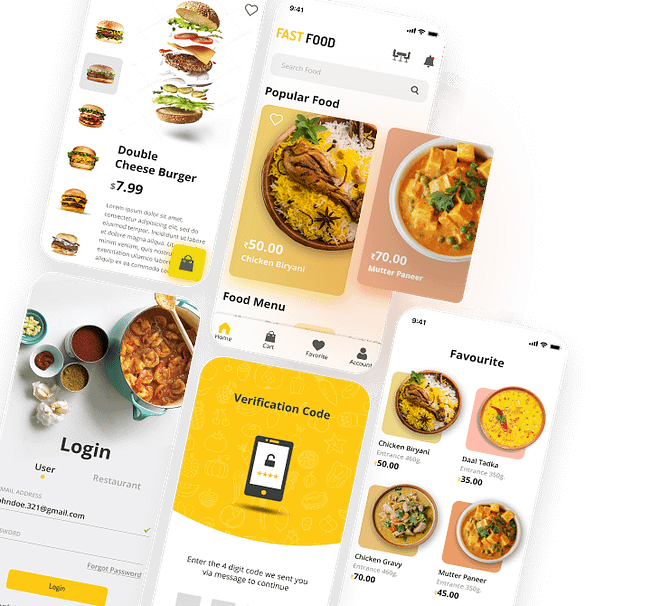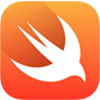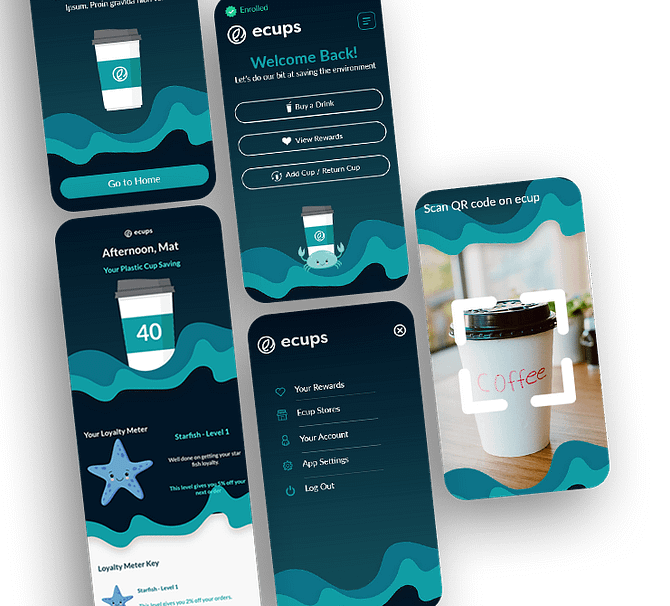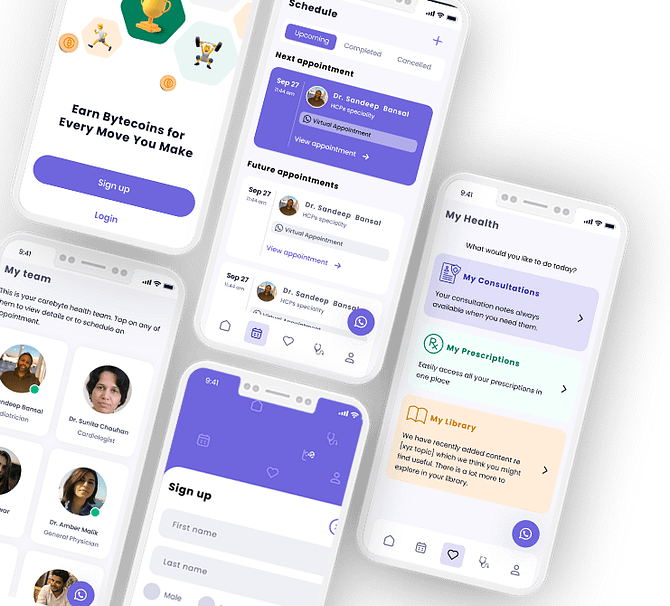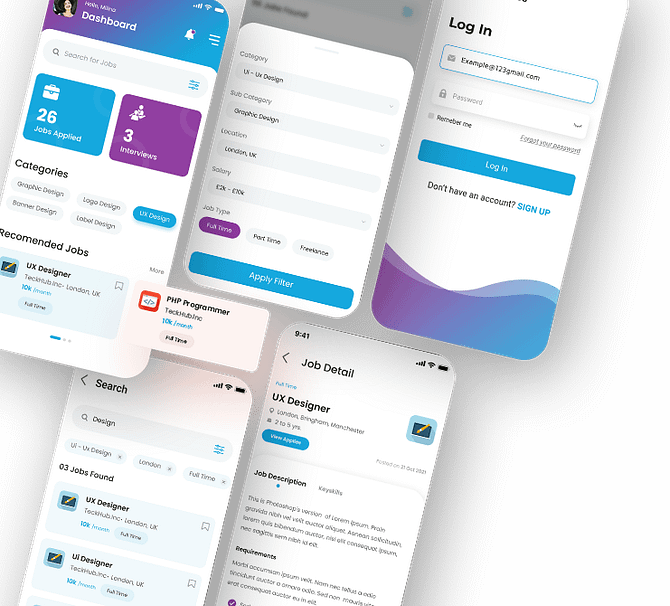In the fast-paced world of app development, businesses are constantly looking for ways to maximize their reach while minimizing costs and development time. One of the most popular solutions is hybrid app development, which has been gaining significant traction in both the UK and US. This approach offers the benefits of cross-platform compatibility and reduced development efforts, making it an attractive choice for businesses looking to stay competitive in the mobile app market.
What is Hybrid App Development?
Hybrid app development combines the best features of both native app development and web technologies. Developers write a single codebase that works across multiple platforms, including both iOS and Android, using web technologies like HTML, CSS, and JavaScript. The app is then wrapped in a native shell, allowing it to be downloaded from app stores and run like a native app.
For businesses in the UK and US, hybrid app development offers the advantage of reduced time and costs compared to developing separate apps for each platform. By using one codebase for both iOS and Android, businesses can reach a broader audience without the need for multiple development teams or projects.
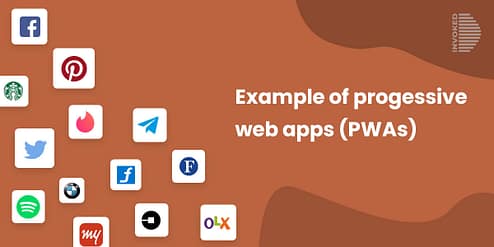
Cost-Effectiveness and Faster Time to Market
One of the main reasons businesses in the UK and US are adopting hybrid app development is its cost-effectiveness. Developing separate apps for Android and iOS can be expensive and time-consuming. With hybrid app development in UK and hybrid app development in US, businesses can cut down on development costs by using the same codebase for both platforms. This results in a faster time to market, allowing companies to launch their apps quickly and capture the attention of their target audience.
Case Study: Starbucks
Starbucks is a great example of a company using hybrid app development to streamline its operations and improve user experience. The coffee giant used a hybrid approach for its mobile app, which enables users to place orders, pay for their drinks, and even find the nearest Starbucks locations. By using a hybrid framework, Starbucks was able to build an app that worked seamlessly across iOS and Android devices while minimizing development costs. This approach has played a key role in the app’s widespread adoption and success.
Consistency Across Platforms
Hybrid app development allows for a consistent user experience across both iOS and Android devices. Since the same codebase is used for both platforms, businesses can ensure that users on both operating systems have a similar experience. This is particularly important for businesses looking to create a cohesive brand identity and deliver a seamless app experience to their customers, regardless of the device they use.
For businesses in the UK and US, consistency is crucial for user satisfaction and brand loyalty. With hybrid apps, companies can maintain a uniform design, features, and functionality across all devices, which helps strengthen their brand presence.
Interesting Fact: According to a 2024 survey by Statista, around 39% of global mobile app developers are using hybrid frameworks like React Native and Flutter, showcasing their growing popularity due to the ability to develop cross-platform apps more efficiently.
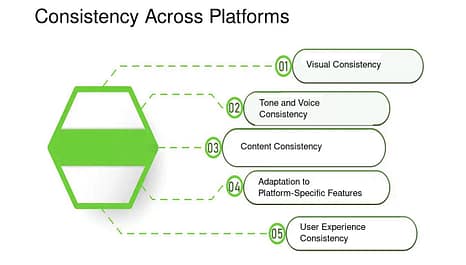
Expanding Reach and Scaling Quickly
In both the UK and US, businesses are increasingly focusing on reaching a broader audience. Hybrid app development is ideal for companies that want to expand their customer base by providing their app to users on multiple platforms without the need for additional development efforts. This scalability is a key advantage of hybrid apps, enabling businesses to grow and reach new markets faster than with native apps.
Case Study: Uber
Uber, one of the world’s leading ride-sharing services, utilizes hybrid app development to cater to users across different platforms. The company initially launched separate apps for iOS and Android but eventually moved to a hybrid model to ensure a more consistent user experience across devices. The switch allowed Uber to scale its operations globally, maintaining seamless functionality while reducing development costs and time.
Integration with Device Features
Although hybrid app development in UK and hybrid app development in US used to struggle with integrating certain device features, technological advancements have significantly improved this aspect. Modern hybrid frameworks like React Native and Flutter allow developers to access device hardware features like GPS, camera, and accelerometer, bridging the gap between hybrid and native apps. This improvement has made hybrid apps even more appealing for businesses that want to offer a rich, interactive user experience without the need for separate platform-specific code.
Conclusion
As businesses in the UK and US continue to seek ways to optimize their app development strategies, hybrid app development is emerging as a powerful solution. With the ability to save time and money while reaching a broader audience, hybrid apps are becoming the preferred choice for many organizations. By adopting hybrid app development, companies can ensure a consistent user experience, faster time to market, and greater scalability—key factors for success in today’s competitive app landscape. With successful examples from industry giants like Starbucks and Uber, it’s clear that hybrid app development is not only cost-effective but also a strategic choice for companies aiming for growth and innovation.
